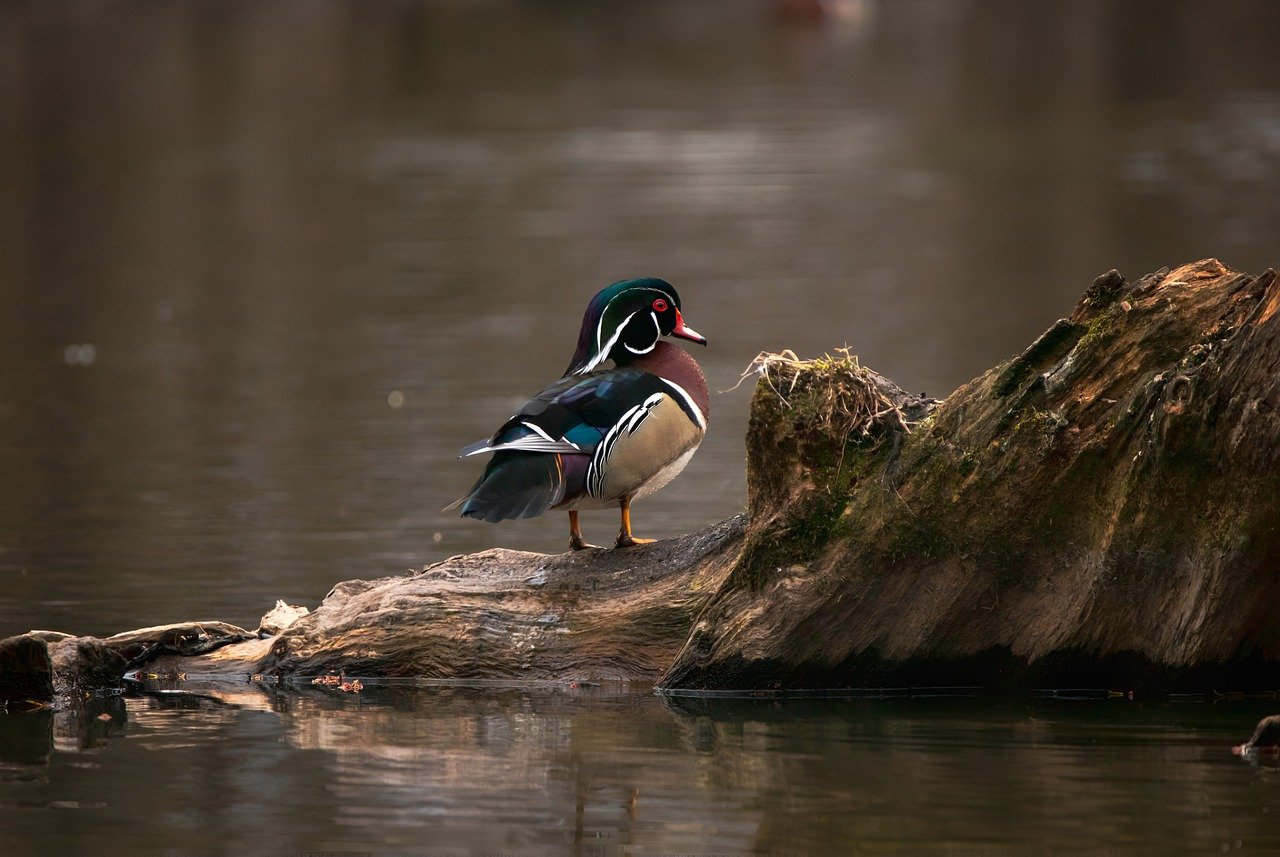
Wood ducks are some of the most beautiful and interesting waterfowl in North America. While their looks get all the attention, there’s another aspect of their biology that’s not so glamorous but just as fascinating: wood ducks poop. In this post we’ll get into the details, looking at what it’s made of, its ecological impact and the challenges it may pose.
What’s Wood Ducks Poop Made Of?
Wood ducks poop is the output of their digestive system. Like all birds, wood ducks have a unique digestive system designed for their diet. Their poop is:
- Undigested Food Particles: Wood ducks eat seeds, aquatic plants, insects and small invertebrates. Some of their food isn’t fully digested and passes through their system.
- Uric Acid: Mammals excrete nitrogen waste as urea in liquid urine. Birds excrete uric acid. That’s why bird poop, including wood ducks poop, is a mix of solid and semi-solid.
- Microbial Residues: The digestive process involves many microbes and remnants of those microbes are also in their poop.
How Often Do Wood Ducks Poop?
Birds have a fast metabolism and wood ducks are no exception. Here’s what affects how often they poop:
- Diet: High fiber diet (seeds and plants) = more frequent pooping.
- Activity Level: Active wood ducks process food faster = more frequent pooping.
- Size and Age: Juvenile wood ducks have smaller digestive systems and may poop more often than adults.
Wood ducks poop several times a day depending on what they eat and how active they are.
The Ecological Role of Wood Ducks Poop
Wood ducks poop is important for ecological balance. Here’s how:
Nutrient Cycling
When wood ducks poop in wetlands, rivers or other aquatic habitats, their droppings add nutrients to the ecosystem. These nutrients are:
- Nitrogen: For plant growth.
- Phosphorus: For aquatic plant and algae growth.
- Carbon: Adds organic matter to the soil or water.
Food Source for Other Organisms
Wood ducks poop is food for:
- Insects: Some insects (like flies) eat bird poop.
- Microbes: Bacteria and fungi break down the organic matter in the poop.
Seed dispersal
Wood ducks eat seeds which may pass through their system whole. When they poop, those seeds are dispersed and plant propagation and diversity happens.
Wood Duck Poop Problems
While wood ducks poops is good for the ecosystem, it can be a problem in some situations.
Water Issues
Too much wood ducks poop in small ponds can cause nutrient overload. This can lead to:
- Eutrophication: Algae growth explosion which can suck the oxygen out of the water.
- Fish Kills: Low oxygen can harm aquatic life and cause fish to die.
Human Health Risks
Bird poop including wood duck poop can carry pathogens that can harm humans such as:
- Salmonella: A food poisoning bacteria.
- Cryptococcus: A fungus in bird poop that can cause respiratory infections.
Good hygiene and water treatment practices will help minimize these risks.
Structural Damage
Where wood ducks roost on human made structures, their poop can accumulate and cause:
- Corrosion: The acid in bird poop can damage metal and concrete surfaces.
- Aesthetic Issues: Too much poop can be an eyesore and smelly.
Wood Ducks Poops in Human Spaces
If you live near wood duck habitat, you may need to manage their poop to keep your space clean and healthy. Here’s how:
- Barriers: Use nets or wire screens to keep wood ducks off structures.
- Regular Cleaning: Clean up immediately to prevent staining and corrosion.
- Plant Stuff: Encourage wood ducks to use natural areas by planting around water.
Wood Duck Fun Facts and Poop
- Color Changes: Wood duck poop can change color depending on what they eat. Berries will give you purple poop.
- Non-Solid Waste: Unlike mammals wood ducks excrete waste in one shot, they don’t have separate urine and poop.
- Health Indicator: The consistency and color of their poop will tell you if they are sick. Runny or discolored poop means they are.
Wood Duck Poop
Researchers use wood ducks poops for:
- Diet Analysis: To see what they eat.
- Environmental Impact Studies: To see how their poop affects nutrient cycles and ecosystems.
- Pathogen Surveillance: To see what diseases could affect birds and humans.
Wood Duck Poop and Conservation
Wood duck poop is important for conservation. By looking at their poop scientists can:
- Monitor wood duck populations.
- See how habitat changes affect their diet and behavior.
- Find ways to minimize the negative impact of their poop on water quality and human activities.
Conclusion
Wood duck poop may not be the most exciting topic but it’s an important one. From nutrient cycling to seed dispersal their poop is crucial in ecosystems. And in human environments it can be a problem that needs to be managed.
By looking at the composition, frequency and ecological importance of wood duck poop we can appreciate these beautiful birds and their role in the natural world. Whether you’re a wildlife enthusiast, a researcher or just someone who wants to know the not so talked about stuff in nature, this topic will show you just how connected we all are.




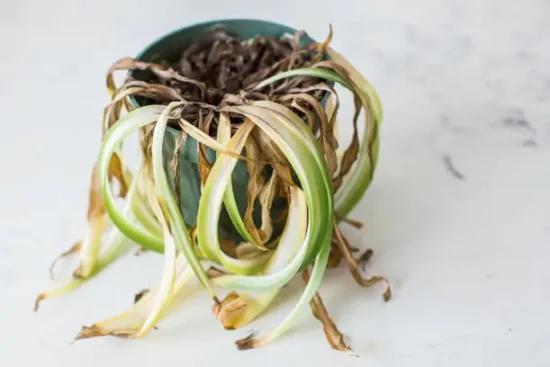
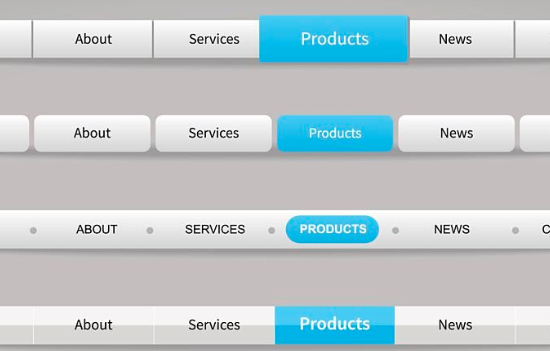

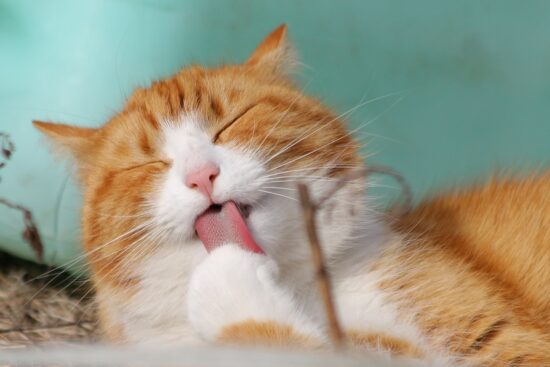
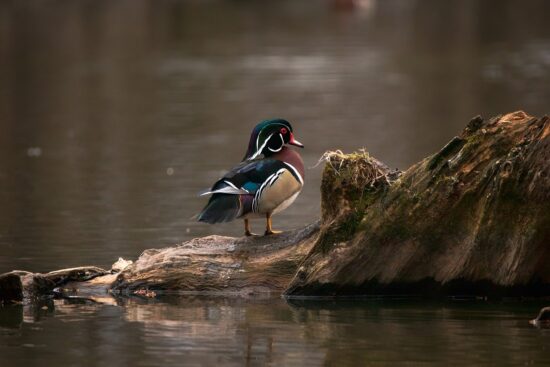

Leave a Reply